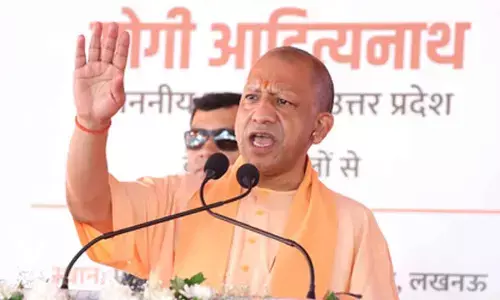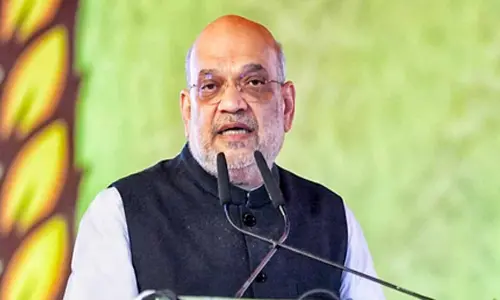Biannual admissions: Impact on higher education

The decision by the University Grants Commission (UGC) to allow universities to conduct student admissions twice a year represents a significant shift in the higher education landscape as Chief of UGC (University Grants Commision), M. Jagadesh Kumar, disclosed that universities can now admit students twice a year, following the lead of renowned foreign universities
The decision by the University Grants Commission (UGC) to allow universities to conduct student admissions twice a year represents a significant shift in the higher education landscape as Chief of UGC (University Grants Commision), M. Jagadesh Kumar, disclosed that universities can now admit students twice a year, following the lead of renowned foreign universities. This move has the potential to revolutionize traditional admissions processes, presenting a plethora of challenges and opportunities for academia, students, and policymakers alike. This decision adds a dynamic element to the traditional once-a-year admission system, providing students with more flexibility and opportunities to pursue their academic goals.
The shift in higher education necessitates a complete overhaul of existing administrative and logistical frameworks in universities. Institutions must streamline their admission processes to accommodate the increased number of admissions while maintaining fairness, transparency, and efficiency. This may encourage the use of innovative technological solutions to facilitate smooth application processing, evaluation, and enrollment procedures.
1. Impact on Higher Education Quality and Student Performance:
Introducing biannual admissions raises important questions about academic standards and student performance. While some experts argue that increased intake may dilute the quality of education, proponents say that it promotes healthy competition and institutional dynamism. To maintain educational excellence, stringent monitoring mechanisms, and quality assurance frameworks are required.
2. Exploring Equity and Access Issues
Dual admissions policy provides a unique opportunity to address equity and access disparities in higher education.
Universities can accommodate a wider range of students by diversifying admission timelines, including those from underprivileged backgrounds or non-traditional pathways. Proactive measures are required to reduce potential biases and ensure fair selection procedures.
3. Examining Legal and Ethical Considerations
Implementing the biannual admissions policy necessitates thoroughly examining legal and ethical dimensions. Institutions must adhere to existing regulations concerning admission procedures, creating trust, transparency, and accountability throughout the process. Ethical considerations encompass equitable treatment of applicants, safeguarding against discrimination, and preserving academic integrity.
4. Retention Rates
of Students
Retention rates are an important metric for evaluating the efficacy of dual admissions. While the flexibility of multiple intake periods may meet a variety of student needs, it also creates challenges for student engagement and retention. To improve student retention in the biannual admissions paradigm, institutions must implement comprehensive support systems such as academic counseling, mentorship programs, and extracurricular initiatives.
5. Feasibility
The feasibility of biannual admissions is dependent on meticulous planning, resource allocation, and stakeholder collaboration. A strong infrastructure, including technological advancements in admission management systems, is required to streamline processes and ensure efficiency. Faculty readiness and administrative capacity are critical to executing the transition smoothly.
6. Historical Context
In the history of Indian education policy, higher education systems have been marked by inertia and reluctance to change. The changing educational landscape, combined with advances in technology and pedagogy, has created a need for innovative reforms. The UGC’s approval of biannual admissions represents a long-overdue shift toward progressive educational practices.
The approval of biannual admissions by the UGC represents a watershed moment in India’s higher education history. Despite its challenges, the dual admissions policy embodies the values of inclusivity, innovation, and educational equity. As universities embark on this transformative journey, stakeholders must navigate the complexities with foresight, diligence, and a strong commitment to developing the next generation of scholars and leaders.
(The author is Director of Admission and Outreach, Noida International University)














